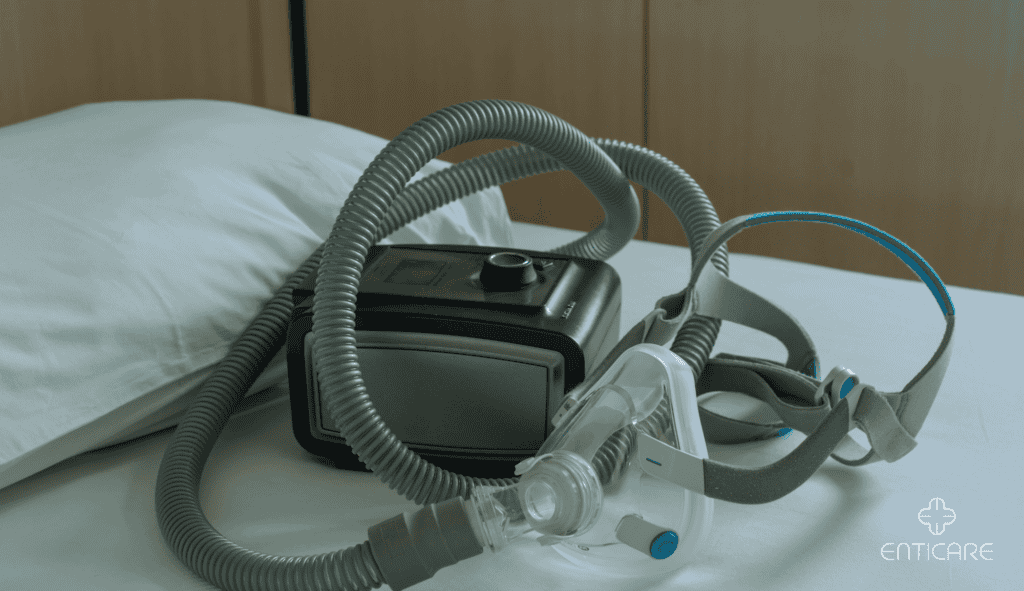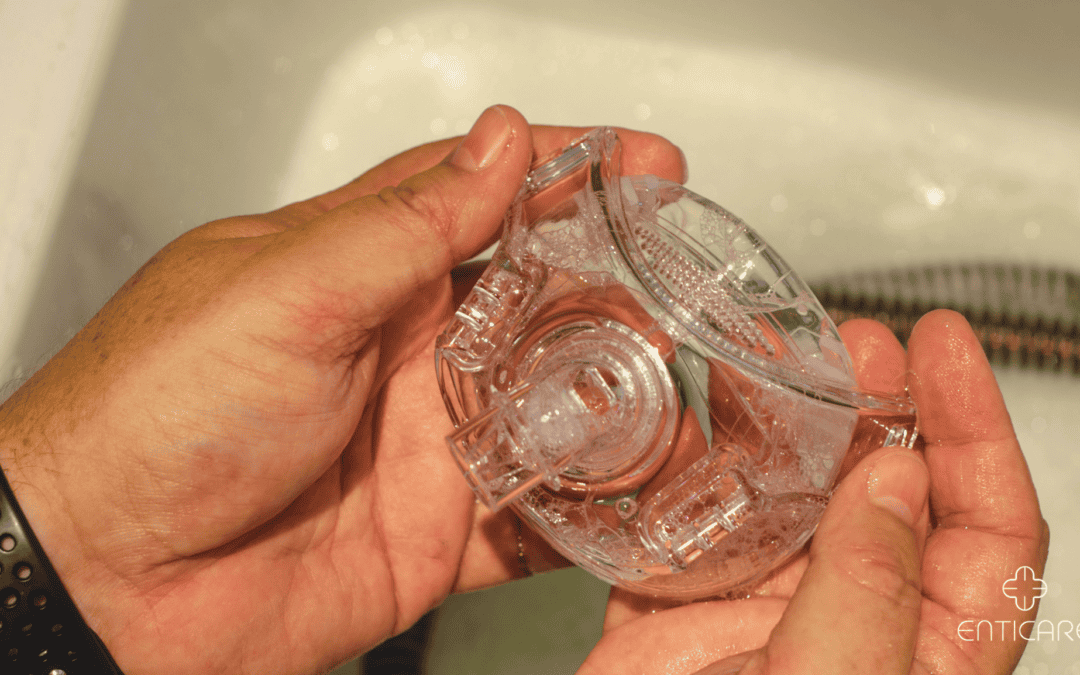Waking up with a stuffy nose or irritated throat after using your CPAP? You’re not alone! Improper CPAP cleaning can harbor bacteria and mold, leading to respiratory problems and hindering the effectiveness of your therapy, potentially resulting in excessive daytime sleepiness.
Your CPAP machine is your ally in the fight against sleep apnea. It keeps your airway open throughout the night, ensuring restful sleep and improved health. However, just like any other medical device, proper cleaning and maintenance are crucial for optimal performance and to prevent health risks. This blog delves into the essential steps of CPAP cleaning, recommended timelines, and why ozone-based sanitizers might not be the best choice.
Here’s the key to a healthy and successful CPAP experience: proper cleaning! Regular cleaning removes accumulated dirt, oils, and germs, ensuring fresh air and optimal performance of your machine. Let’s explore the essential cleaning techniques, recommended cleaning timelines, and a surprising fact about ozone-based sanitizers.
Understanding Sleep Apnea
What is Sleep Apnea?
Sleep apnea is a prevalent sleep disorder that disrupts your breathing while you sleep. This disruption can happen multiple times throughout the night, leading to fragmented sleep and a host of health issues. There are two primary types of sleep apnea: obstructive sleep apnea (OSA) and central sleep apnea (CSA). Obstructive sleep apnea occurs when the upper airway becomes blocked, often due to the collapse of soft tissues in the throat. Central sleep apnea, on the other hand, happens when the brain fails to send the correct signals to the muscles that control breathing. Both types of sleep apnea can significantly impact your sleep quality and overall health.

The Essential Continuous Positive Airway Pressure (CPAP) Cleaning Routine
Daily:
- Mask: Wash the mask cushion (the part that touches your face) with warm, soapy water (mild dish soap) and rinse thoroughly. Allow it to air dry completely out of direct sunlight.
- Headgear: Wash the headgear in warm, soapy water or gentle detergent. Rinse well and hang to dry.
Weekly:
- Tubing: Disconnect the tubing from your machine and mask. Wash it with warm, soapy water and a soft brush. Rinse thoroughly and hang to dry completely.
- Humidifier Chamber (if you use one): Fill the chamber with warm water and a mild soap or detergent. Let it soak for 30 minutes. Rinse thoroughly and allow it to air dry completely.
Monthly:
- Machine Filters: Replace disposable filters according to the manufacturer’s instructions. Avoid reusable and change out with disposable filters every 15-30 days.
Mild obstructive sleep apnea can still significantly impact sleep quality and may require treatment.
Why Avoid Ozone-Based Sanitizers?
While ozone-based sanitizers may seem like a convenient cleaning solution, there’s a catch:
- Limited Effectiveness: Studies show ozone may not be as effective as traditional cleaning methods in eliminating bacteria and mold from CPAP equipment.
- Potential for Damage: Ozone can break down certain materials used in CPAP masks and tubing, significantly shortening their lifespan, especially medical grade silicone and most all rubber.
Respiratory Irritation: Exposure to high levels of ozone can irritate the lungs, especially for those with pre-existing respiratory conditions, and is considered a major indoor air pollutant.
The Takeaway: Stick to the Basics of Managing Your Sleep Disorder!
Regular cleaning with warm water, mild soap, and sometimes even a little vinegar remains the gold standard for CPAP maintenance. This simple yet effective method removes germs, keeps your machine functioning optimally, and promotes a healthy sleep environment. Regular cleaning is a crucial part of treating obstructive sleep apnea effectively.
And if you have any questions, don’t hesitate to contact Enticare, our expert team is here to assist you every step of the way. Let us help you find the best course of treatment. Call us at 480-214-9000. Remember, restful sleep awaits!

